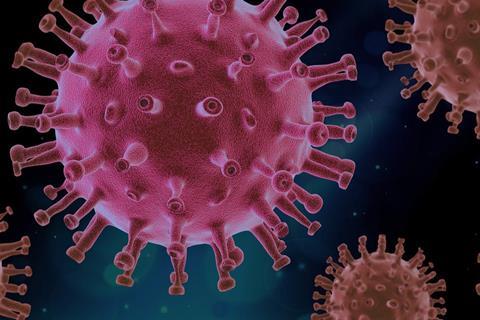A new paper in Biology Methods & Protocols, published by Oxford University Press, indicates that researchers in Germany have developed a new system to display epitopes in mammal cells for immunization studies. They believe that this method can help scientists greatly in immunization efforts.

Promoting blood cells to produce antibodies against a specific viral protein is an important step in developing vaccines for human use. This can be challenging for researchers because whether the subjects develop antibodies depends on how scientists design and administer antigens, which are parts of the virus they’re administering to test the effectiveness of the vaccine.
One very important aspect of virus research is how to express and purify the antigen for vaccination. Animals immunized with prepared antigens produce specific antibodies against the antigen. But scientists have to isolate the antigen to ensure that they develop the vaccine to target the specific disease they wish to combat. Once researchers purify the antigen, they can develop vaccines that lead subjects to produce the desired antibodies. But this isolation is especially time-consuming when attempting to develop lab-produced antigens as a virus often mutates rapidly. It can take several weeks for scientists to develop the right antigens.
New method
Here scientists developed a new method to induce target specific immune responses. By fusing antigen proteins into a tetraspanin-derived anchor membrane-bound protein, the researchers created fusion proteins that are displayed predominantly on the surface of human cells. The exposition of proteins on the surface by a carrier protein induces the production of antibodies directed against the appropriate, relevant, antigens. Of additional advantage is that these antigens have the same conformation and modifications as the corresponding proteins in the virus because they are made by cells similar to that in the human body, which the virus infects naturally.
This new display technology could be a potentially much more reliable immunization technique. In the study here the researchers were able to induce antibodies against different proteins with a focus on the receptor- binding domain of SARS-CoV-2, the virus that causes COVID-19. The developed anchor protein allows scientists to target a specific disease for immunization purposes without the need to purify the antigen. The researchers are convinced that this technique can speed up the immunization process enormously.
Only the beginning
“This work that is based on the receptor binding domain of SARS-CoV-2 and is only the beginning of a very interesting immunization technique,” said Daniel Ivanusic, one of the paper’s authors. “The most challenging, significant, and exciting application for us employing the tANCHOR technology is to induce neutralizing antibodies against HIV-1. I think this will be great!”







No comments yet